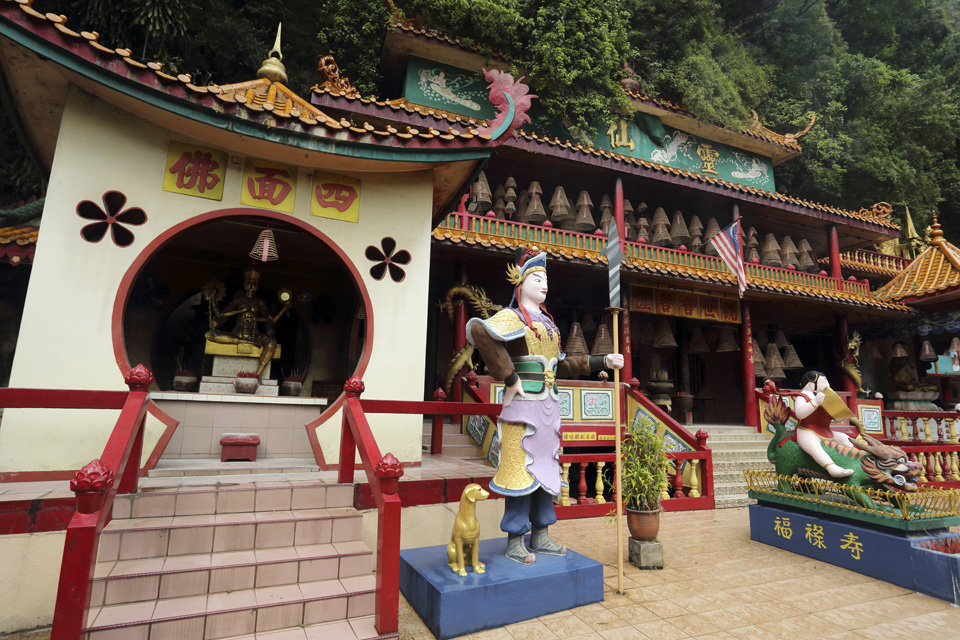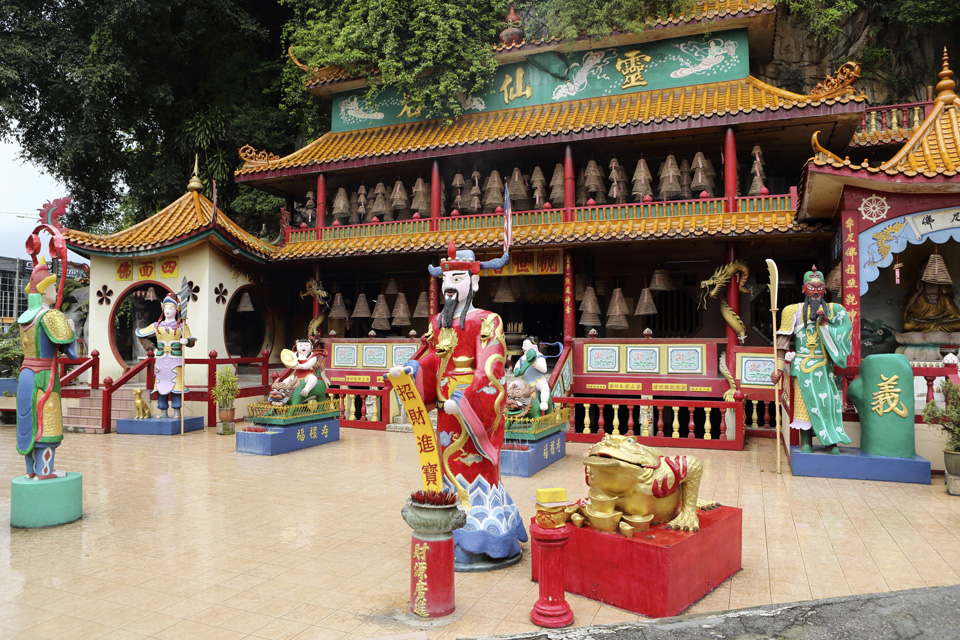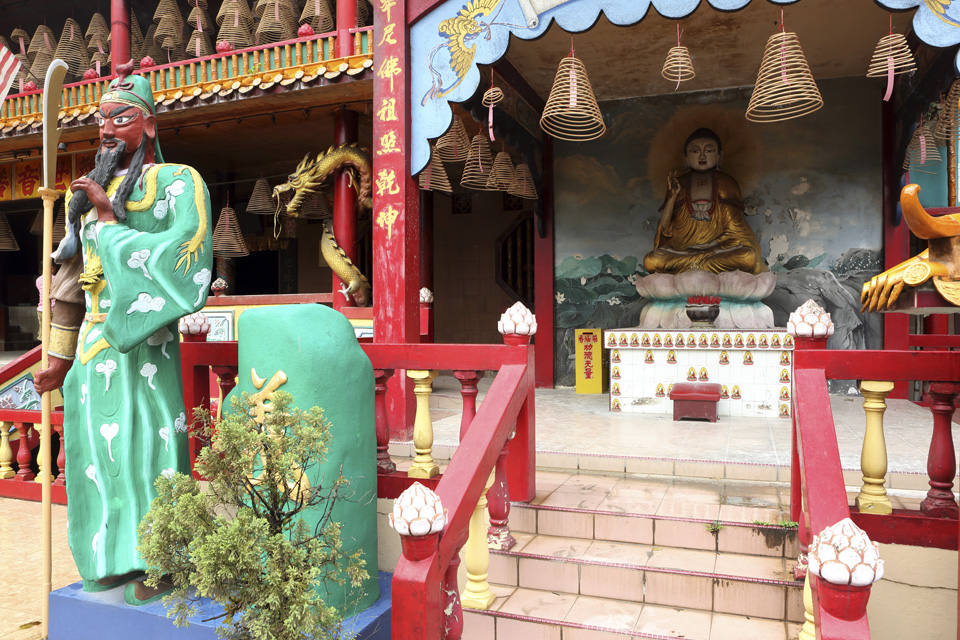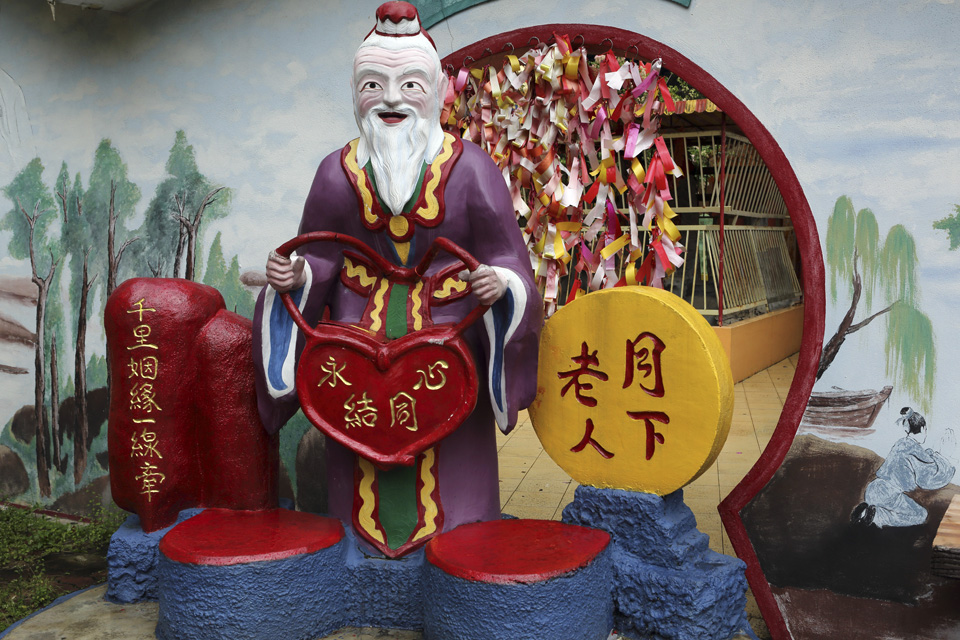
Stuart Forster is an award-winning travel photojournalist from the UK. Here are his tips for how to get the best photos when travelling through Malaysia.
Sometimes seemingly easy tasks trip up photographers. Statues and sculptures don’t move but photographing them well requires thought about your composition plus more than a modicum of technical knowledge.
Take, for example, the challenge of photographing the Chinese Buddhist statues at the Sam Poh Tong Temple just south of Ipoh. A number of colourful, larger than life-size statues stand in the courtyard of a cave temple that was established in 1890. At that time, Chinese miners worked within the region’s limestone hills to extract tin.
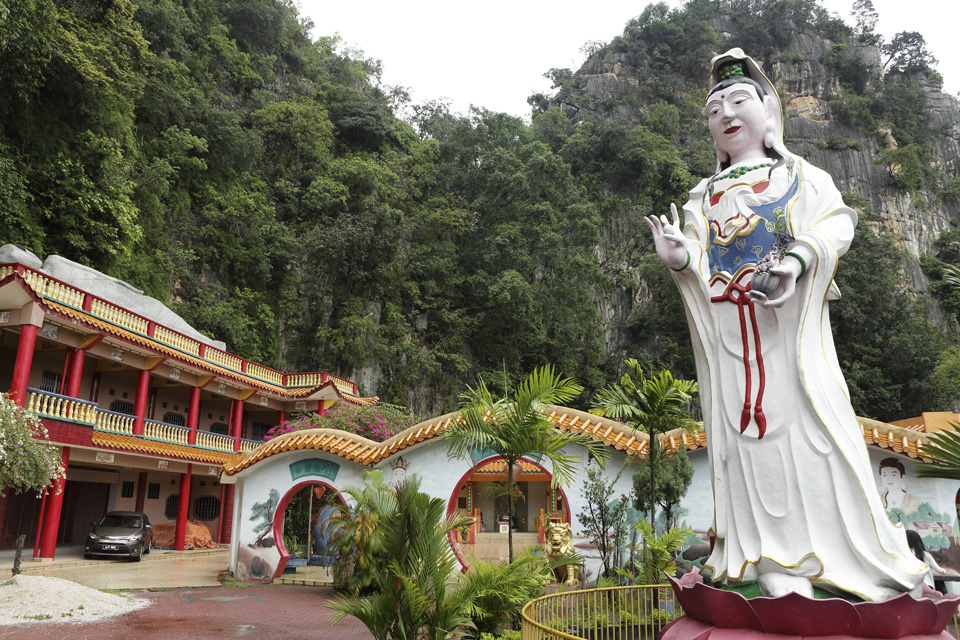
You won’t have any problem picking out photogenic scenes at Sam Poh Tong. Suspended coils of incense emit heady aromas within the terracotta-tiled shrine. Monks and nuns amble about, praying and taking care of daily tasks. Providing they don’t object, you’ll be able to document them going about their rituals.
Non-golden hours
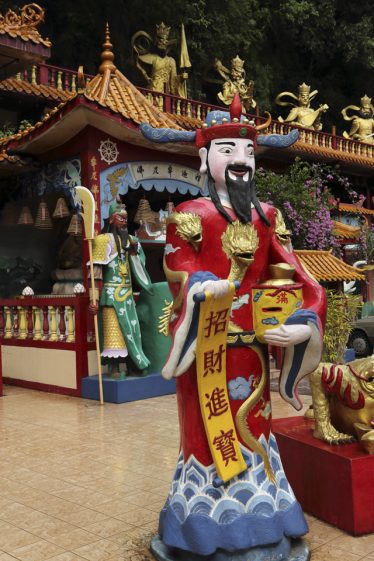 If you’re an experienced photographer, you’ll already know that the first and last hours of daylight are often the most rewarding.
If you’re an experienced photographer, you’ll already know that the first and last hours of daylight are often the most rewarding.
Outside of those so-called ‘golden hours’, you might think that the contrast is simply too harsh to create memorable images of the faces and details of statues.
However, there are a few tricks that you can employ to ensure you take home photos which you won’t be embarrassed about sharing.
“Deliberately under-expose by -2.0 stops”
Try popping up your flash or attaching an external flash into the hot shoe on top of the camera. Does that make a difference?
There’s a good chance your photo will be over-exposed initially. Try amending the exposure manually: deliberately under-expose by -2.0 stops compared to the reading suggested by your camera’s Through The Lens (TTL) light meter.
How does that look? If you’re not entirely happy then try variations of exposure around that.
Change the lighting or change your position
Another trick is to use a reflector to shine light onto the areas of shadow. You don’t necessarily need one of the circular pieces of silver fabric favoured by pros, though they can prove a decent investment. You could improvise by getting a fellow traveller to hold up a piece of white cloth or even a plain white T-shirt.
Also, don’t be afraid to move your stance or to zoom in on a detail, to try to eliminate the harsh contrast by concentrating only on an area of light or darkness. That makes it easier for your camera to create a balanced image of that scene.
Don’t worry if it’s an overcast day. Some of the top architecture photographers will wait for a cloudy day before starting to photograph. Clouds diffuse the sun’s light, ensuring all of the details of a façade or statue can be captured.
And finally, remember to treat statues depicting people, animals or deities in the same way you would approach the photography of a living creature. It’s common to focus on the eyes.
Whatever you choose to photograph, enjoy spending time out with your camera and remember to think about your composition before releasing the shutter.
"ExpatGo welcomes and encourages comments, input, and divergent opinions. However, we kindly request that you use suitable language in your comments, and refrain from any sort of personal attack, hate speech, or disparaging rhetoric. Comments not in line with this are subject to removal from the site. "

